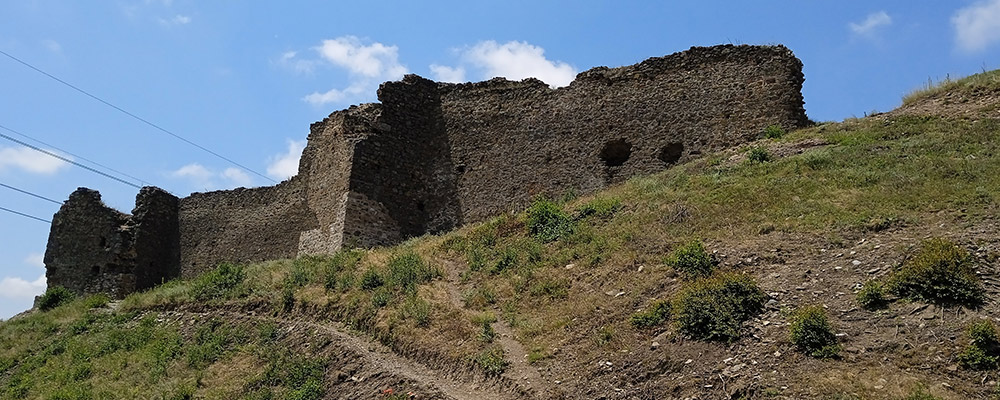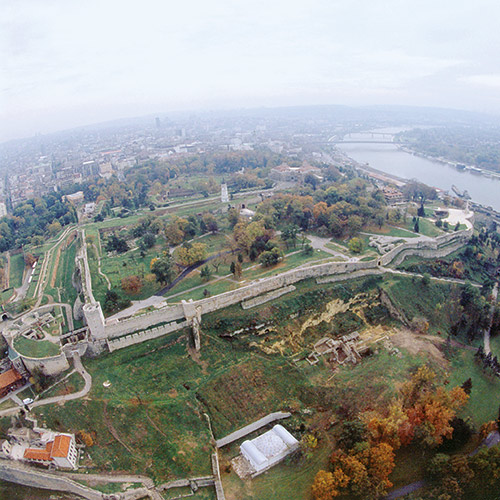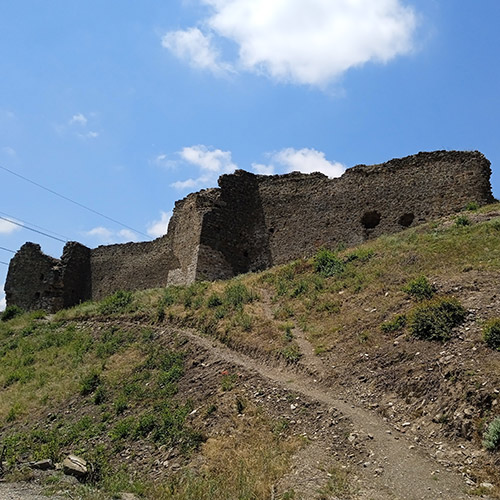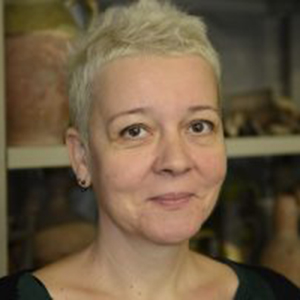
Middle Ages and Early Modern Age
In the context of exploring the later stages of the Middle Ages, our research delves into the study of settlements, fortresses, monasteries and necropolises in the territories that belonged to the Serbian and Hungarian medieval state (south and north of the Sava and Danube). Additionally, a particular focus of our investigation is dedicated to examining archaeological remnants from the periods of Turkish and Austrian dominance in the Central Balkans.
After the arrival of the Hungarians at the end of the 9th and the beginning of the 10th century and the rise of the Hungarian kingdom, in the 11th and 12th centuries, one can observe the formation of the so-called Árpád-period culture in Vojvodina. We study the under-researched relationship between the local populations and the conquering Hungarians through a detailed assessment of historical and archaeological data.
The earlier archaeological research of mediaeval forts, settlements and monasteries – endowments of the members of the Nemanjić dynasty, together with the analyses of material culture, offer sound foundations for further investigation of spatial, economic, religious and cultural frameworks of mediaeval Serbia. In a way, the shaping of the Serbian identity can be traced back to the time of their settlement in the Balkans. Especially important are some buildings in the Ras area, like the oldest early mediaeval church of the Holy Apostles Peter and Paul at Ras, which, by itself, testifies to a (re)Christianisation process.
The study of our mediaeval past also touches on the periods of Ottoman and Austrian occupation. The Ottoman presence in the Balkans in the 14th century largely influenced the formation of numerous Serbian fortifications in the Morava river valley, but also endowments and monasteries. The late mediaeval and early modern layers are substantial, particularly in Belgrade; they have been thoroughly studied within the Institute of Archaeology’s Scientific-Research Project of Belgrade Fortress.
-
BELGRADE FORTRESS RESEARCH PROJECT
Research programmes are aimed at obtaining scientific knowledge about the origin and development of the fortress and the urban settlement in the epochs of Antiquity, the Middle Ages and in later periods, up to modern times. In addition, data relevant for the conservation, restoration and revitalisation of individual buildings, sites and wider complexes within the fortress is collected. The project
-
Fortress Koprijan
The Medieval fortress Koprijan, also known as Kurvingrad, is situated in the village of Malošište within the municipality of Doljevac (southern Serbia). Positioned on the slopes of Mount Seličevica, above the right bank of the South Morava, near the mouth of Toplica, the Koprijan fortress held a great strategic position. Situated above the Kurvingrad gorge and on the southern edge






